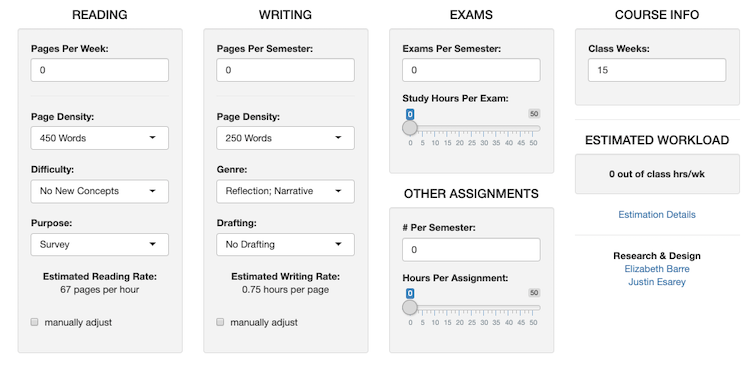As a result of the transition to online instruction, advisors and administrators have had multiple reports from students that workload has increased significantly. To compensate for the loss of class time, instructors have added reading and writing assignments. While we don’t want our students to miss out on course content they need in order to meet the learning outcomes, we also need to ensure we are not adding time-consuming components to the students’ normal workload.
As instructors plan the rest of the semester, they might consider the following steps:
Step 1: Reflect on and evaluate the workload for the students in your course
- Since we went online, have you added components to your course that could be subtracted without impacting key learning objectives?
- Can any reading or writing assignments be trimmed down while still setting students up to be successful?
- Are all the online learning materials presented in multiple media and accessible to all students?
Step 2: Use a course load estimator
A resource that can help instructors gauge the amount of work that’s appropriate is Rice University’s course workload estimator. This resource presents research-based estimates for the amount of time it takes students to read and write. Reading rates take text density, text difficulty, and reading purpose into account. Writing rates take page density, genre, and drafting/revision activities into account. With those estimates in mind, you can calculate whether your reading and writing assignments are within a reasonable scope.

Step 3: Survey your students
To learn if your students feel the workload in your course has increased, ask them to fill out an online survey. CETL shared an online six-question survey that can be used or adapted to elicit student feedback. The survey can be edited and easily imported from Canvas Commons to any Canvas course. You can access the instructions with this link: https://kb.uwm.edu/99993